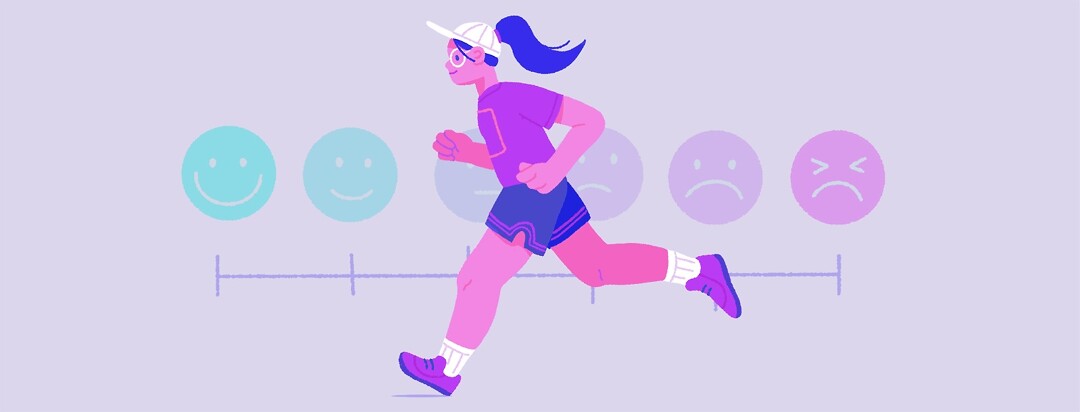Excision Surgery 3 Months Later: What’s Changed?
I had a third laparoscopy earlier this year. But this time, I saw an excision and endometriosis specialist. He told me to give my body three months to heal before I made any decisions about whether or not I thought the surgery helped.
You can read more about finding an endometriosis specialist and my surgery and recovery. But here’s a look at what's changed since my procedure.
I can run again
This is a big win. Several years ago, I started getting a really serious cramp during certain exercises, running in particular. I hadn't changed up my routine, but the pain worsened over time. Eventually, I had to completely give up running.
This issue was one of the main reasons I wanted exploratory surgery with an endometriosis specialist because none of my other doctors would look for a physical cause. My OB-GYN even told me she didn't think it had anything to do with endo.
While my surgeon didn’t find any endo lesions on my diaphragm, he did remove a bunch of scar tissue that "glued" my abdominal wall to my intestines. He said he didn’t know if that would help with exercise, but he was hopeful.
I don't know for sure that the scar tissue was the only culprit. But seven weeks after my surgery, with the help of the 5K Runner app, I ran three miles without stopping. I cried the day it happened. Because for the first time in half a decade, running didn't cause any cramps or leg pain.
That brings me to the next topic.
I have less leg, hip, and foot pain
I used to a get right-sided pain in whatever muscle connects my hip to my thigh. (My IT band and my psoas, maybe.) That ache would shoot down my leg to the top of my foot. It’d get worse when I exercised — just like the other cramp — and around my period, causing painsomnia. Sometimes I had trouble walking.
While I still have some hip tightness and lower back issues, that weird shooting pain is pretty much gone. I noticed a difference immediately after surgery, even before they gave me painkillers. And it has yet to come back either around my period or with exercise.
Sex is more comfortable
Sex pain was the second reason I sought surgery. This is something I used to deal with a lot, and pelvic floor therapy helped. But it started to feel like something more than tension was causing pain.
My surgeon removed a handful of weird lesions, including something called deep recession pockets and one spot of lab-confirmed endo. I don’t know exactly what helped, but I now have less deep pain with sex.
(I still have pelvic floor tension and interstitial cystitis. I’m seeing specialists for both. The includes a pelvic floor therapist and a urogynecologist.)
My pre-period aches don't last as long
My actual periods are still pretty bad, which my doc thinks is likely due to adenomyosis. But, so far, the window of intense pain before my period has shortened. I used to get that "my period might start any minute" feeling for 5-10 days straight. But now my pain mostly peaks during ovulation and then again during the few days before and day of my period. But I don't get week-long radiating aches in my leg or entire abdomen. I also have fewer endo belly flares.
Listen to your body
Before going to an endo specialist, I saw a lot of doctors about my leg, hip, running, and sex pain. That included an OB-GYN, gastroenterologist, and more than one physical therapist. None were willing to look for endo-related issues through a laparoscopy. Most said I should just stop running. One sent me to a behavioral psychologist to teach me how to accept the pain.
But I knew something more tangible was wrong. So I kept pushing. And I'm glad I did.

Join the conversation